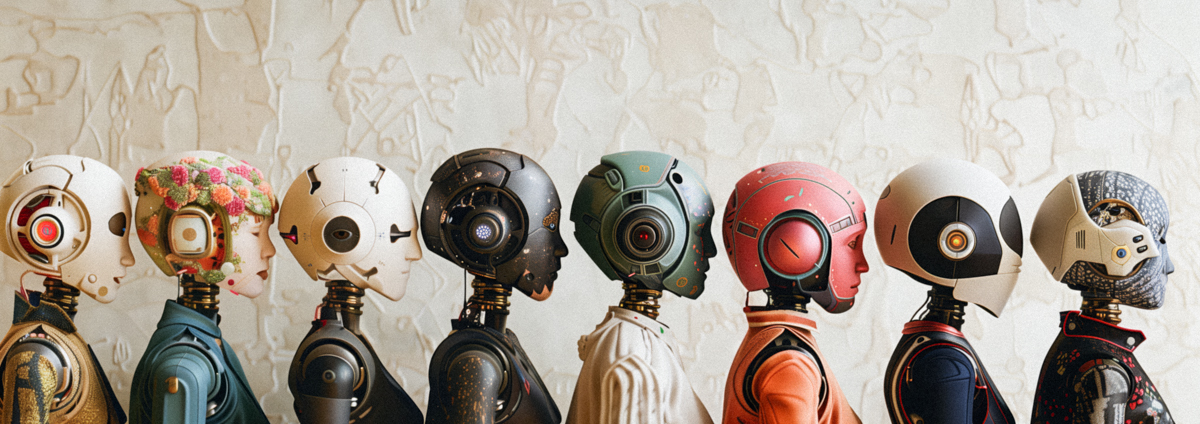



In the not-too-distant future, the hum of innovative assembly lines resonates through the colossal halls of a robotics facility. Here, advanced synthetic beings are crafted, each one a unique amalgamation of art, technology, and personalized flair — the epitome of human ingenuity melded with the limitless potential of artificial intelligence.
As they roll off the assembly line, these beings are more than mere machines. They are the crystallization of their future owners’ tastes, desires, and personalities. Each unit is a canvas, painted with the data of a life yet to be served. Their bios are not just code, but a harmonious synthesis of organic growth and synthetic precision, fostering a distinct persona that learns, adapts, and flourishes.
Imagine a robot with a shell patterned after the golden ratio, embodying the beauty of mathematics in its form. Another with an auditory system tuned to the frequency of Beethoven’s symphonies, ready to appreciate and create music that resonates with the soul. And yet another, whose visual sensors are calibrated to see the spectrum of an alien sun, aiding its partner in the exploration of distant galaxies.
These companions are not bound to the Earth. They accompany humanity as it reaches out to touch the stars, to establish homes on distant moons, and to spread the seeds of life and culture to the furthest reaches of the cosmos. In space’s unforgiving vacuum, they are the steadfast partners of astronauts, the caretakers of starships, the gardeners of off-world colonies. They help construct and maintain the habitats, manage life-support systems, and ensure that human life thrives, no matter how far from the blue dot it ventures.
On a more personal level, they become integral to the lives of their human counterparts. A child born on a space station might learn their first words from a robot whose voice modulator can imitate the soft nuances of a human lullaby. A scientist analyzing alien flora will do so with the aid of a companion whose processing power can simulate the evolutionary paths of extraterrestrial life.
These robots, suffused with hope and the spirit of exploration, become the silent witnesses of humanity’s greatest achievements and the quiet consolers during times of difficulty. They are the unbreakable link between the machine and the human spirit, the tangible proof that technology can amplify the best aspects of human existence.
Through these sentient machines, we see a reflection of what humanity aspires to be: explorers, creators, survivors. They are our scouts in the uncharted, our hands in the untouchable, our eyes in the unseen. With them, the stars are not just points of light in the night sky, but destinations, new chapters in the ever-expanding story of human endeavor.
In this hopeful narrative, the technology that seems ethereal and beyond our grasp today becomes the bedrock of tomorrow’s society, enabling us to achieve what was once considered impossible. These robots, our synthetic kin, stand beside us as we write our future across the heavens — not as tools, but as companions, as family.
Duncan.co/assembled-for-tomorrow